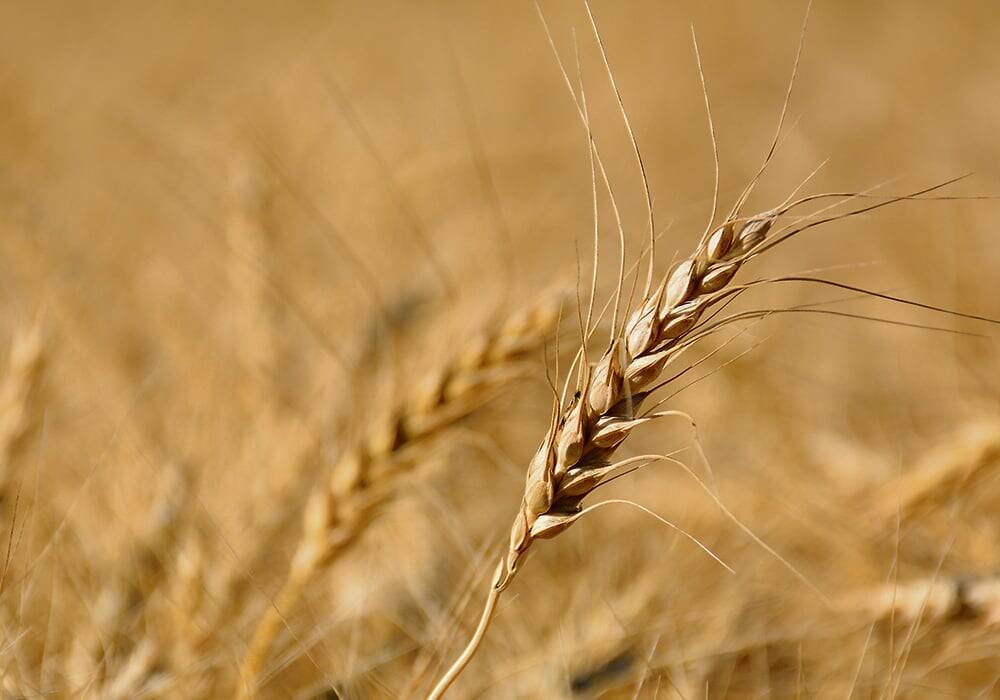MarketsFarm — Hot and dry growing conditions cut into Canada’s pea production in 2021-22 — but the quality was relatively good, which means feed peas are in even shorter supply.
“Yields were low across the harvest this year, but I’d say quality was quite good on yellow and green peas,” said a feed pea merchant. “So there wasn’t a lot of earth-tagged peas or stuff that came off damaged that would typically go to the feed markets.”
Given the lower yields as well as good quality, “a lot of the (domestic feeders) have switched over to soybean meal as another protein replacement,” the merchant said. However, he added, a number of customers still need peas for their end-use product, keeping a demand channel that needs to be filled at a premium price.
Read Also

Prairie CWRS bids rise, other wheats mixed
Canada Western Red Spring (CWRS) wheat bids across the Prairie provinces saw some strength during the week ended Nov. 11, taking some direction from the United States futures. However, other wheat classes were mixed.
The pet food market in the U.S. is also helping keep feed pea prices high, despite larger supplies of soymeal, according to the merchant.
A shortage of lysine, which is used as an additive in hog rations, has also been reported as a concern in the U.S. in recent weeks, leading to adjustments in feed rations.
Canada’s peas are known for being high in the amino acid, but the merchant had not heard of any influence the lysine shortage was having on the feed pea market yet.
Feed peas were trading as high as $15 per bushel in Saskatchewan in late November, according to Prairie Ag Hotwire data. Bids topped out at $14 per bushel in Manitoba and $12.25 in Alberta.
— Phil Franz-Warkentin reports for MarketsFarm from Winnipeg.















